Mosaic Puffball / Summer / Autumn / Edible
Step into the enchanting world of the Mosaic Puffball (Lycoperdon utriforme), where nature’s delicate artistry meets culinary delight.
Join us on a journey of discovery as we unravel the secrets of this remarkable mushroom. With its unique mosaic-like pattern and distinct shape, the Mosaic Puffball stands as a true wonder of the natural world.
Learn to identify its distinctive features, explore its preferred habitats, and delve into the culinary wonders it offers. From its delicate texture to its mild, earthy flavor, this puffball has the power to elevate your culinary creations to extraordinary heights.
Whether you are an experienced forager or a passionate home cook, let the Mosaic Puffball inspire your culinary artistry and delight your taste buds with its marvelous flavors. Embrace the abundance of nature’s bounty as we celebrate the captivating delights that lie within the Mosaic Puffball. Get ready to embark on a flavor-filled journey as we explore the enchanting culinary possibilities offered by this extraordinary fungus.
Scientific Name
Lycoperdon Utriforme
Common Names
Mosaic Puffball.
Family
Agaricaceae
Habitat
They are saprotrophic and can be found in open pasture, grasslands, and woodland edges.
Identifying Features of the Mosaic Puffball:
Cap:
The fruiting body is round to pear-shaped and is covered with a mosaic of scales that will fall off with age. They are white to pale brown in colour but will turn browner with maturity.
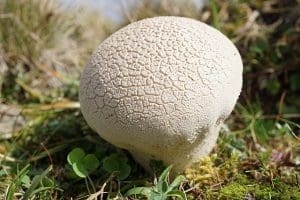
Stem:
No true stem, the base is like an inverted cone and is attached to the soil by means of rhizomorphs (thick, root-like strands of mycelium)
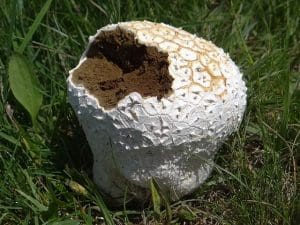
Smell:
No real aroma.
Spores:
Olive brown.
Uses for the Mosaic Puffball
In food
The outer skin of this species can be quite tough so I tend to remove it using a sharp knife before I cook them. Like many puffballs they don’t have the strongest flavour so they are probably best mixed with other stronger tasting mushrooms or my favourite way to eat them is to cut them into bite-sized pieces, dip them into flour, egg and then breadcrumbs and deep fry them as a vegan-friendly ‘chicken nugget’ alternative.
I’ve seen them described as ‘poor man’s sweetbreads’ to give you an idea of the texture and flavour.
Harvesting
Like all puffballs only collect young fruiting bodies that are still white and spongy in the middle.
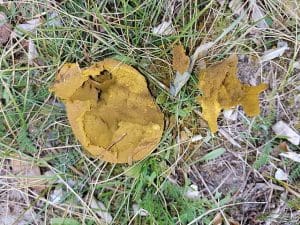
Known hazards
None Known
Potential lookalikes
Other members of the Lycopodium family, all are edible as long as they are still, pure white in the middle.
Death caps (Amanita Phalloides) but these lacks the mosaic pattern on the surface and when cut in half you will see an immature mushroom ready to burst free.
The Common Earthball (Scleroderma Citrinum) they tend to be firmer in texture and when cut in half you will see a mass of purple/black spores.
The Common Stinkhorn (Phallus Impudicus) can also like similar when they are young, these lack the mosaic pattern on the surface and when cut in half will reveal the ‘witches eye’ rather than being pure white.
Extra Notes
The Mosaic Puffball has been found to contain a number of antibacterial compounds that can fight E. coli, Staphylococcus and salmonella to name just a few.
They also bioaccumulate high levels of copper and zinc and may be a valuable source of both trace elements however further research is needed.



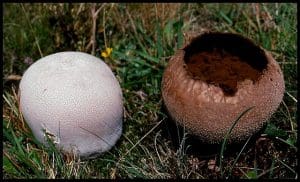
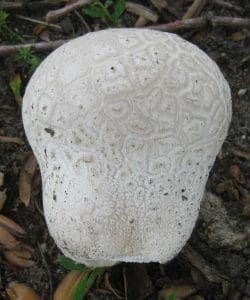
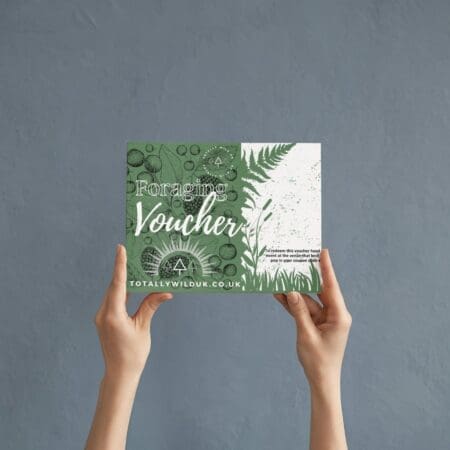


Leave a Reply
You must be logged in to post a comment.